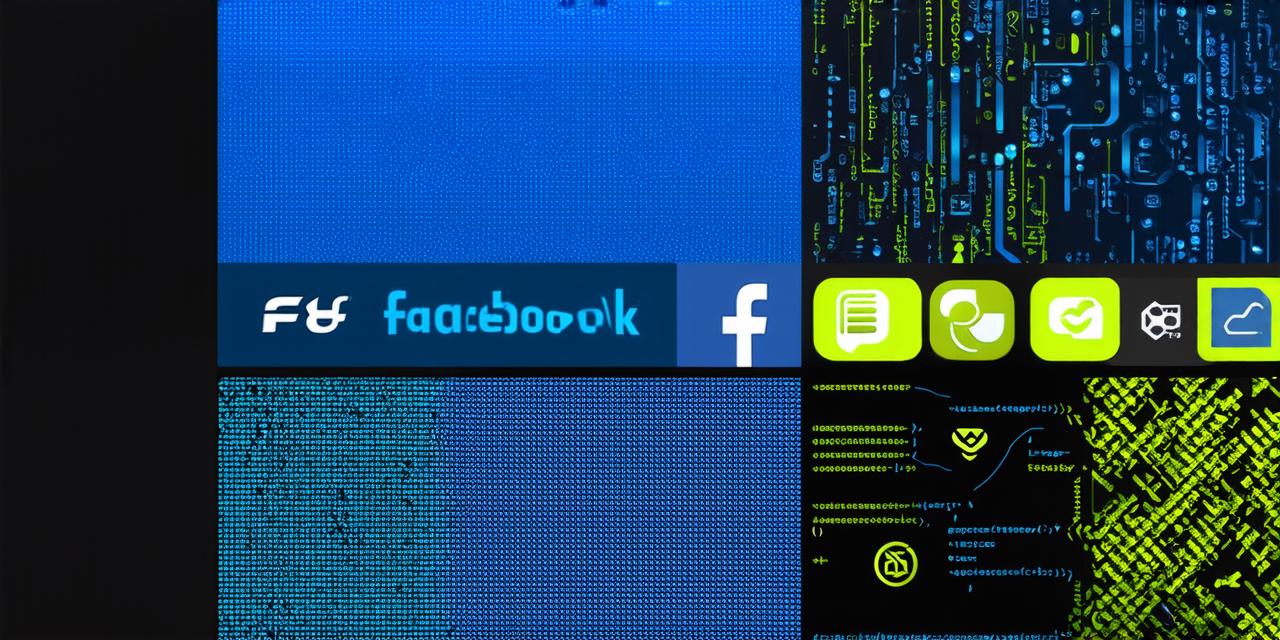As an app developer, you know that creating a successful mobile application is no easy feat. From designing the user interface to coding the functionality, every aspect of app development requires careful planning and execution.
And when it comes to charging for your projects, there are many factors to consider. In this article, we’ll explore some common pricing models used by app developers, as well as some tips for maximizing your revenue.
1. Flat rate pricing
Flat rate pricing is a popular pricing model among app developers because it’s simple and straightforward. With flat rate pricing, you set a fixed price for the project and deliver all of the requested features regardless of the time or resources required to complete them. This pricing model works best for projects with well-defined scope and requirements.
2. Hourly pricing
Hourly pricing is another common pricing model among app developers. With hourly pricing, you charge a fixed rate per hour for your services. This pricing model works well for projects that require a lot of time and effort to complete, or for clients who want more flexibility in terms of project scope and timeline.
3. Value-based pricing
Value-based pricing is a pricing model that focuses on the value that you deliver to your clients rather than the hours or resources required to complete the project. With value-based pricing, you charge based on the perceived value of your services to the client. This pricing model works well for projects that have a high impact on the client’s business or operations.
4. Performance-based pricing
Performance-based pricing is a pricing model that charges clients based on the success of their app. With performance-based pricing, you charge a fixed rate upfront and then share in the revenue generated by the app after it launches. This pricing model works well for apps that have a high potential for generating revenue or that are critical to the client’s business operations.
5. Freemium pricing
Freemium pricing is a pricing model that offers a free basic version of your app with additional features available for purchase. With freemium pricing, you generate revenue through subscriptions, in-app purchases, or advertising. This pricing model works well for apps that have a large user base and can generate significant revenue from advertising or in-app purchases.
When it comes to choosing the right pricing model for your app development project, there are several factors to consider. First, you need to understand the needs of your clients and the scope of their projects. If they have well-defined requirements and a fixed budget, flat rate pricing may be the best option. If they have more flexible requirements or a longer timeline, hourly pricing may be more appropriate. If you’re delivering high-value services that have a significant impact on your client’s business, value-based pricing may be the way to go. And if your app has the potential to generate significant revenue, performance-based pricing may be a good fit.
Another important consideration when it comes to pricing is market research. You need to understand what your competitors are charging and what your clients are willing to pay for your services. This will help you set pricing that’s competitive yet still allows you to generate revenue and profit from your projects.

In addition to these pricing models, there are several strategies you can use to maximize your revenue as an app developer. First, you need to focus on delivering high-quality apps that meet the needs of your clients and their users. This will help you build a reputation as a reliable and trustworthy app developer, which will in turn lead to more business and referrals.
Another strategy is to offer additional services such as ongoing maintenance and support, app marketing, or analytics and reporting. These services can generate significant revenue if they’re priced appropriately and if they provide real value to your clients.
Finally, you need to be flexible and open to new pricing models or strategies as your business grows and evolves. For example, if you start out with flat rate pricing but find that it’s not generating enough revenue, you may want to consider offering performance-based pricing or freemium pricing instead.



